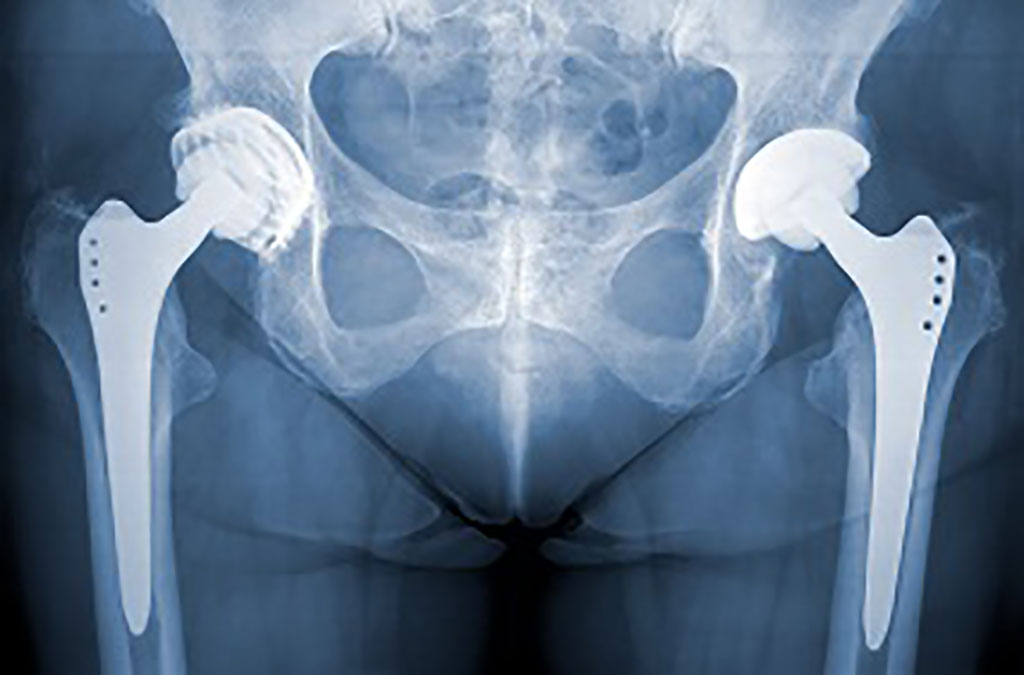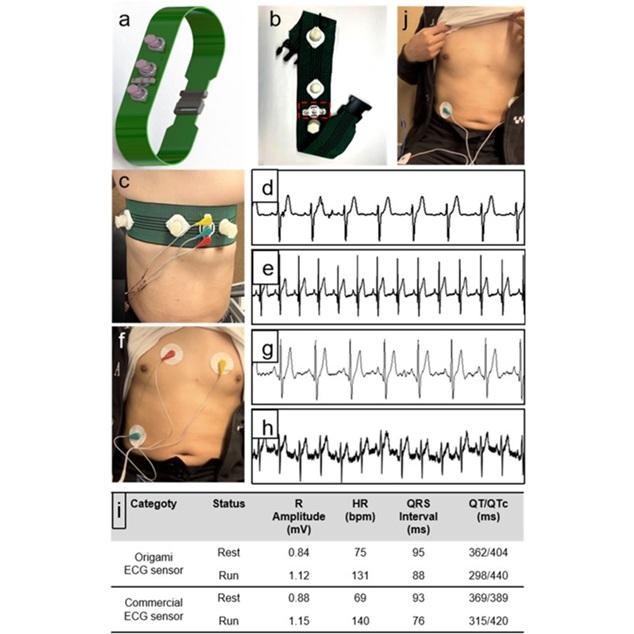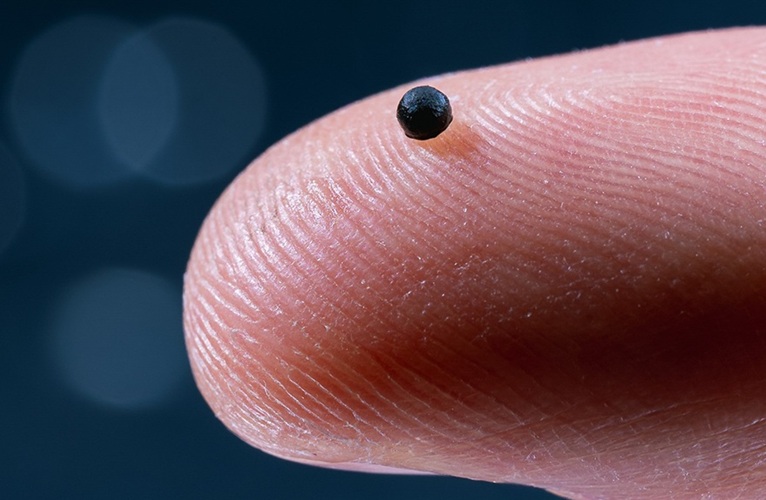Robotic Surgery Lowers Risk for Hip Replacement Complications, Finds Study
|
By HospiMedica International staff writers Posted on 22 Jun 2022 |

Hip replacement surgery has shown to be a safe and effective procedure for relieving pain, increasing motion and returning patients to their normal activities. However, dislocation is a common post-surgical complication of hip replacement that occurs when the new implant comes out of the socket during the healing process. A dislocation may occur when the implant is not placed in the best position among other causes, leading to instability. Most dislocations occur within first few months of surgery and often are caused when a patient falls or engages in extreme ranges of motion like twisting or bending. Now, a new study has found that robotic-assisted surgery for hip replacement had lower rates of complications and a dislocation rate nearly four times less than the traditional method.
The findings of the study by researchers at Henry Ford Health (Detroit, MI, USA) are believed to be the first from a large series of patients with several years of follow-up to evaluate post-surgical complications between the two surgical options, adding to the growing body of research in the hip replacement field. Current research comparing outcomes between the two procedures is limited.
In their retrospective study, the researchers analyzed data of 2,247 patients who underwent hip replacement surgery between January 2014 and June 2020 for several years after surgery. They sought to evaluate and compare dislocation rates and other complications post-surgery between the two procedures. The study found that the risk for hip instability when the procedure was performed robotically was 3.5 times less than the traditional method when controlling for gender, race, age, prior spine surgery and other accepted factors that can contribute to instability.
The robotic approach can benefit patients with their recovery. The robotic arm allows for more control with the surgical tools and a TV screen allows surgeons to see the bone anatomy and preparation in real time. Robotic technology allows the surgeon to control and move surgical instruments precisely and has been shown to improve the accuracy for positioning the implant. The approach uses 3D imaging prior to surgery to pinpoint important markers in the hip for prepping the bone for the implant. Using a robotic surgical arm and the 3D technology, it assists the surgeon guiding the implant into place after shaping the bone and balancing the ligaments to ensure an ideal fit.
“Patients, in consultation with their joint replacement surgeon, should decide which surgical option is best for them. Robotic surgery for hip replacement surgery continues to evolve and more larger studies are needed to better define the advantages,” said Jason Davis, M.D., a Henry Ford joint replacement surgeon and the study’s senior author, who also cautioned patients not to interpret the results as robotic surgery being superior to the tried-and-true traditional method.
Related Links:
Henry Ford Health
Latest Surgical Techniques News
- Novel Endoscopy Technique Provides Access to Deep Lung Tumors
- New Study Findings Could Halve Number of Stent Procedures
- Breakthrough Surgical Device Redefines Hip Arthroscopy
- Automated System Enables Real-Time "Molecular Pathology" During Cancer Surgery
- Groundbreaking Procedure Combines New Treatments for Liver Tumors
- Ablation Reduces Stroke Risk Associated with Atrial Fibrillation
- Optical Tracking Method Identifies Target Areas in Robot-Assisted Neurosurgery
- General Anesthesia Improves Post-Surgery Outcomes for Acute Stroke Patients
- Drug-Coated Balloons Can Replace Stents Even in Larger Coronary Arteries
- Magnetic Kidney Stone Retrieval Device Outperforms Ureteroscopic Laser Lithotripsy
- Absorbable Skull Device Could Replace Traditional Metal Implants Used After Brain Surgery
- Magic Silicone Liquid Powered Robots Perform MIS in Narrow Cavities
- 'Lab-on-a-Scalpel' Provides Real-Time Surgical Insights for POC Diagnostics in OR
- Biodegradable Brain Implant Prevents Glioblastoma Recurrence
- Tiny 3D Printer Reconstructs Tissues During Vocal Cord Surgery
- Minimally Invasive Procedure for Aortic Valve Disease Has Similar Outcomes as Surgery
Channels
Critical Care
view channel
Wearable Ultrasound Sensor Delivers Noninvasive Treatment Without Surgery
Wearable ultrasound devices have long struggled with low acoustic power and poor structural stability, limiting their use in high-resolution imaging and therapeutic applications. Conventional flexible... Read more
Gel-Free ECG System to Transform Heart Health Diagnosis
Electrocardiogram monitoring is essential for detecting heart rhythm disorders, yet current systems rely on disposable gel-based electrodes that can dry out, fall off, and generate significant medical waste.... Read morePatient Care
view channel
Revolutionary Automatic IV-Line Flushing Device to Enhance Infusion Care
More than 80% of in-hospital patients receive intravenous (IV) therapy. Every dose of IV medicine delivered in a small volume (<250 mL) infusion bag should be followed by subsequent flushing to ensure... Read more
VR Training Tool Combats Contamination of Portable Medical Equipment
Healthcare-associated infections (HAIs) impact one in every 31 patients, cause nearly 100,000 deaths each year, and cost USD 28.4 billion in direct medical expenses. Notably, up to 75% of these infections... Read more
Portable Biosensor Platform to Reduce Hospital-Acquired Infections
Approximately 4 million patients in the European Union acquire healthcare-associated infections (HAIs) or nosocomial infections each year, with around 37,000 deaths directly resulting from these infections,... Read moreFirst-Of-Its-Kind Portable Germicidal Light Technology Disinfects High-Touch Clinical Surfaces in Seconds
Reducing healthcare-acquired infections (HAIs) remains a pressing issue within global healthcare systems. In the United States alone, 1.7 million patients contract HAIs annually, leading to approximately... Read moreHealth IT
view channel
EMR-Based Tool Predicts Graft Failure After Kidney Transplant
Kidney transplantation offers patients with end-stage kidney disease longer survival and better quality of life than dialysis, yet graft failure remains a major challenge. Although a successful transplant... Read more
Printable Molecule-Selective Nanoparticles Enable Mass Production of Wearable Biosensors
The future of medicine is likely to focus on the personalization of healthcare—understanding exactly what an individual requires and delivering the appropriate combination of nutrients, metabolites, and... Read moreBusiness
view channel
Philips and Masimo Partner to Advance Patient Monitoring Measurement Technologies
Royal Philips (Amsterdam, Netherlands) and Masimo (Irvine, California, USA) have renewed their multi-year strategic collaboration, combining Philips’ expertise in patient monitoring with Masimo’s noninvasive... Read more
B. Braun Acquires Digital Microsurgery Company True Digital Surgery
The high-end microsurgery market in neurosurgery, spine, and ENT is undergoing a significant transformation. Traditional analog microscopes are giving way to digital exoscopes, which provide improved visualization,... Read more
CMEF 2025 to Promote Holistic and High-Quality Development of Medical and Health Industry
The 92nd China International Medical Equipment Fair (CMEF 2025) Autumn Exhibition is scheduled to be held from September 26 to 29 at the China Import and Export Fair Complex (Canton Fair Complex) in Guangzhou.... Read more















